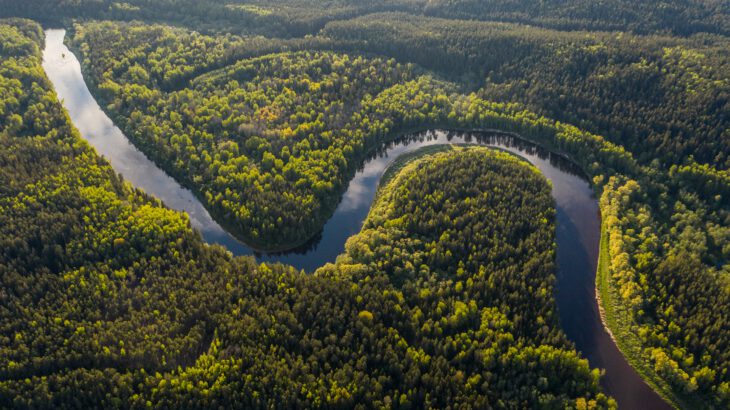Green Calendar – February: Part 1
Welcome to yet another edition of Green Calendar! If you want to take a short break from preparing for resits, or if you want to enjoy this break between two periods, you have come to the right place. Grab your calendar and scroll through this page to acquaint yourself with the numerous fun and environmentally-significant days that this month brings with it.
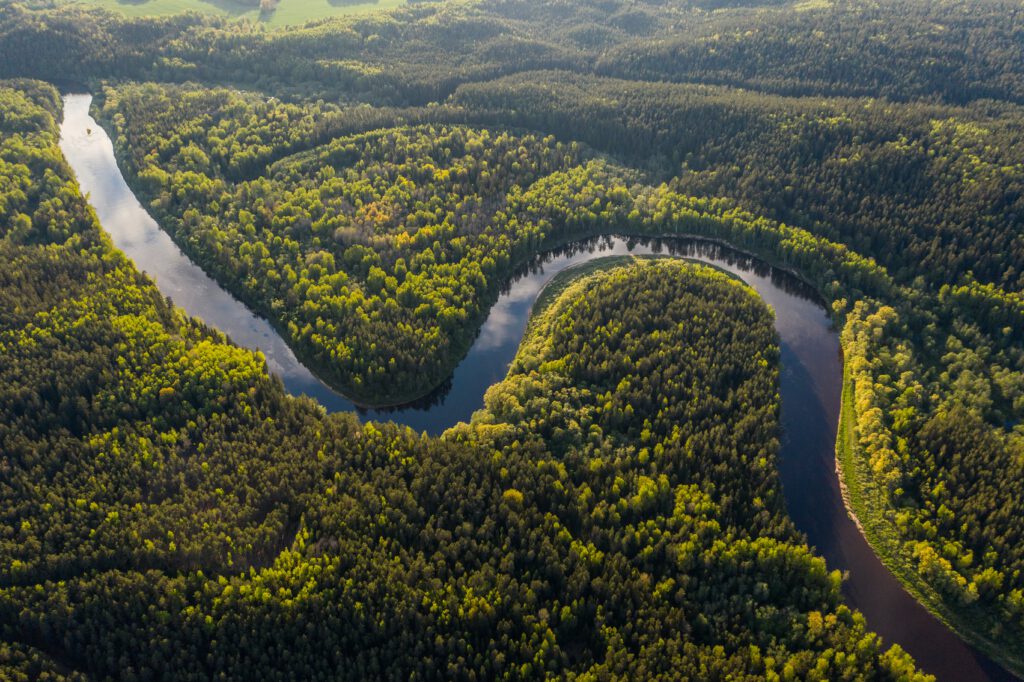
2 February – World Wetlands Day
Though this day has already passed us by (for this year), it is not too late to learn more about the fascinating world of wetlands. A wetland is land covered by water, either seasonally or permanently. The water can be saline, fresh, or anything in between. Wetlands are a unique ecosystem distinguished by vegetation adapted to the wet soil. Wetlands are also home to mammals such as otters, beavers, and even tigers. Birds – including ducks, geese, kingfishers, and sandpipers – often use wetlands as pit stops during long migrations. And of course, wetlands host a wide variety of fish like salmon, trout, and steelhead (all of which are, unfortunately, either endangered or threatened), and other aquatic species such as blue crabs, oysters, clams, shrimp, and red drum.
While “wetlands” may sound unfamiliar to most of us, we all know at least one – the Amazon basin. That’s right, the Amazon River Basin is a wetland, and one of the world’s largest ones at that. Other large wetlands include the West Siberian Lowland and the Hudson Bay Lowland. The largest protected wetland (at more than 17 million acres!) is Llanos de Moxos, located in Bolivia.
The Netherlands too is host to over a million hectares of wetlands. This includes marshland, fens, peat bogs, and lakes. You may have heard of a few of them – the Waddenzee, the IJsselmeer region, and the Biesbosch wetland. These landscapes are also protected under the Nature Conservancy Act.
Wetlands play an important role in the biosphere (and other spheres). They trap pollutants such as phosphorus and heavy metals in their soils, transform nitrogen into a form that can be taken in by plants, and physically and chemically break down bacteria. Furthermore, they can store 50 times more carbon than rainforests, making them one of the largest natural carbon sinks!
Unfortunately, like everything else, wetlands are also threatened by human activity, in particular pollution, climate change, dams, agriculture, and aquaculture. Nearly 90% of the world’s wetlands have been degraded since the 1700s. And we are losing them three times faster than we are losing forests.
Consequently, World Wetlands Day is celebrated annually on 2 February to raise global awareness about the vital role of this unique ecosystem for people and the planet. This day marks the date of the adoption of the Convention on Wetlands (commonly called Ramsar Convention) in Ramsar, Iran.
What can I do?
· Wetlands are fascinating. Take the initiative to dive deep into this topic and learn as much as you can about them. Then, you can play an important role in educating others and spreading awareness.
· (This might be more applicable later on in your life.) Avoid wetlands if you are expanding your house or installing a shed.
· Use phosphate-free laundry and dishwasher detergents as phosphates encourage the growth of algae which can suffocate aquatic life.
· On a similar note, use paper and recycled products made from unbleached paper. Bleached paper contains toxic chemicals that can contaminate water.
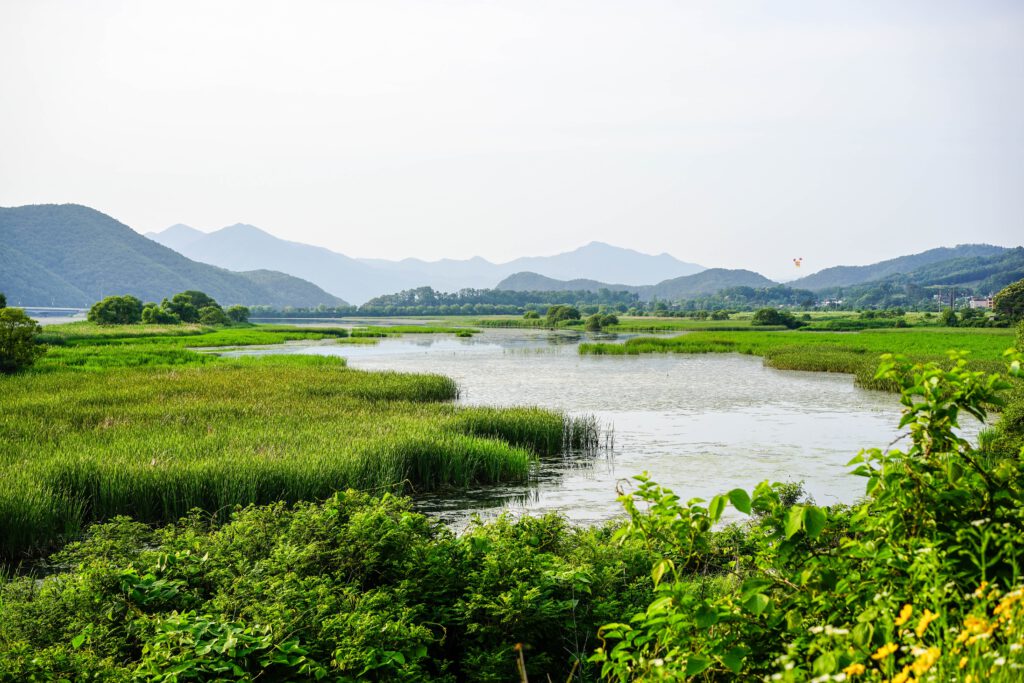
14 February – World Bonobo Day
Bonobos (Pan paniscus) is a great ape and one of our closest living relatives (along with chimpanzees). We belong to the same tribe (literally!), Homini. In fact, bonobos share a staggering 98.7% of our DNA! Bonobos are distinguished by their relatively long legs, pink lips, dark faces, tail tufts through adulthood, and parted long hair on their heads.
They are found in the Congo Basin in the Democratic Republic of Congo, Central Africa. Bonobos are frugivorous, that is, thrive on raw fruits and succulent fruit-like produce of plants such as roots, shoots, nuts, and seeds. They inhabit primary and secondary forests and even seasonally inundated swamp forests.
Unfortunately, these playful and peaceful great apes are endangered and face the risk of possible extinction soon. The declining bonobo populations can be attributed to poaching, hunting for meat, and human activities like industrial logging. Furthermore, contact with humans has also introduced zoonotic diseases (that is, infections spread between people and animals) like Ebola to their population.
What can I do?
· Donate to the cause.
· Learn more about bonobos.
· Spread awareness.
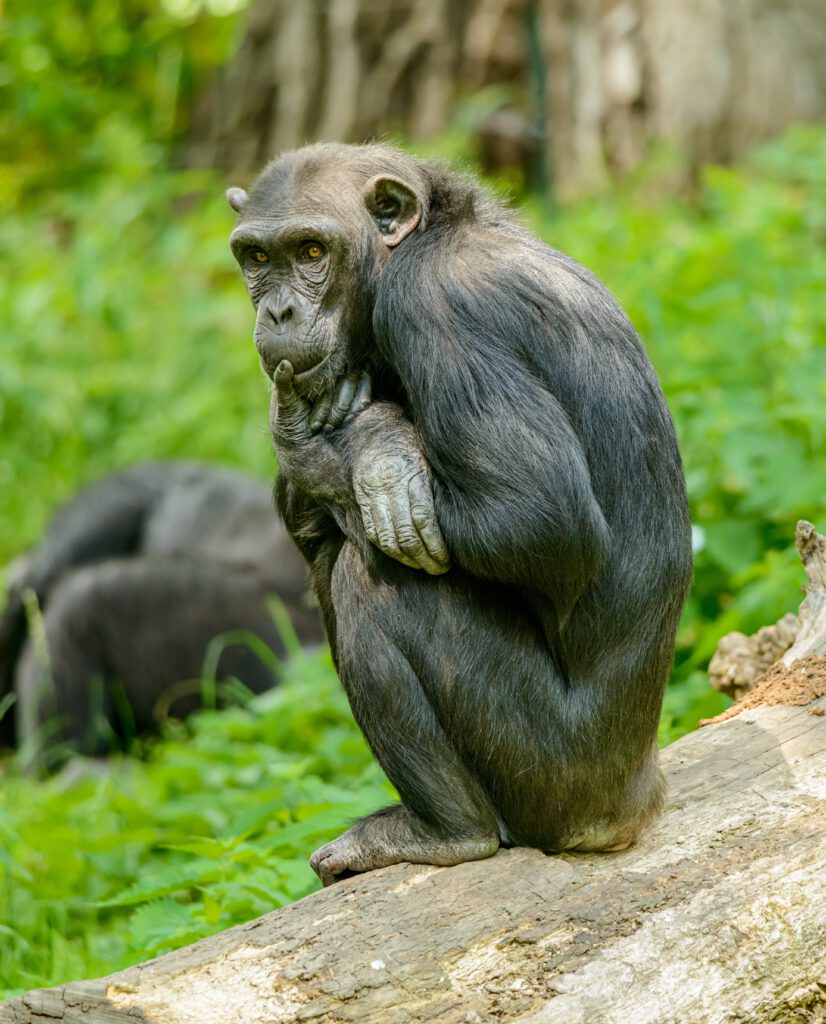
15 February – World Hippopotamus Day
Hippos are yet another animal that celebrates their awareness day (can we call it birthday?) in February. Hippos are the third largest land mammals after elephants and rhinos. Despite physically resembling pigs, hippos are actually more closely related to whales, dolphins, and porpoises.
Hippos have barrel-shaped torsos, wide-opening mouths with large canine tusks, nearly hairless bodies, pillar-like legs. And they are huge. Adult males (called bulls) average 1,500 kg, while cows (females) weigh around 1,300 kg. Despite their massive weight, hippos are fast runners and are capable of achieving speeds of 30 km/h over short distances.
Hippos live in rivers, lakes, and mangrove swamps. They are amongst the most dangerous animals in the world due to their aggressive and unpredictable nature (quite unlike the peaceful bonobos, but very similar to us humans).
Unfortunately, like most other animals, hippos too have made it to the threatened section of the IUCN red list. They are currently classified as vulnerable, with their population decreasing, especially in West Africa. Hippopotami (fancy, isn’t it?) are threatened by habitat loss (due to logging, farming, and other human settlements) and poaching for meat and ivory.
What can I do?
· Watch films or shows featuring hippos. Maybe Madagascar is the first to come to mind, but be sure to check out Hippos: Africa’s River Giants narrated by David Attenborough.
· Once you’ve equipped yourself with more knowledge about hippos, spread awareness. Share what you have learned with others.
· Donate to an animal foundation.
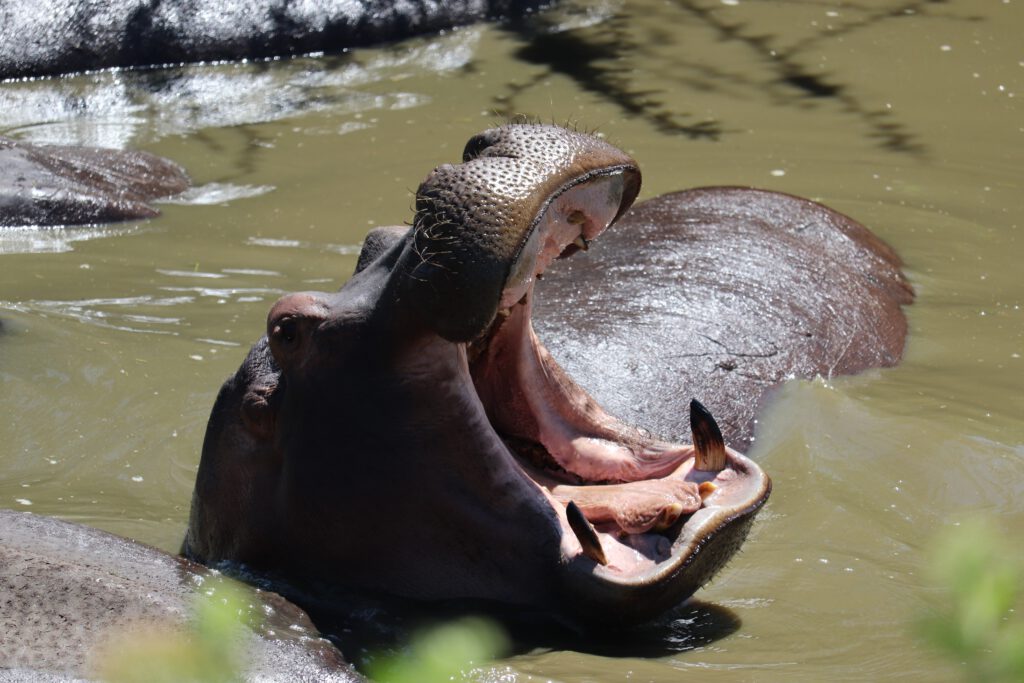
17-20 February – Great Backyard Bird Count
The Great Backyard Bird Count (GBBC) is a free, fun, and easy event that engages bird watchers of all ages in counting birds to create a real-time snapshot of bird populations. Participants are asked to count birds for at least 15 minutes on one or more of the four-day events and report their sightings online at birdcount.org. And the best part? Anyone from beginning bird watchers to experts can take part. And you can participate from anywhere, whether it be your backyard or a designated bird-watching spot.
What can I do?
· To get a greater understanding of the GBBC, consider joining their webinar on Wednesday, February 15, from 1:00 pm to 2:00 pm ET. During this live Q&A session, experts from Audubon, Birds Canada, and the Cornell Lab of Ornithology will not only answer any and all questions you have, but will also share their tips for making birdwatching easier and more enjoyable for people of all ages and abilities. You can register for the webinar at birdcount.org.
· Participate! The official guidelines as found on the website are as follows:
Step 1: Decide where you will watch birds.
Step 2: Watch birds for 15 minutes or more, at least once over the four days.
Step 3: Identify all the birds you see or hear within your planned time/location.
· If you are a beginning bird admirer and new to birdwatching, use the Merlin Bird ID app to share details about the birds observed. If you are a more experienced watcher, try the eBird Mobile app or enter your bird list on the eBird website.
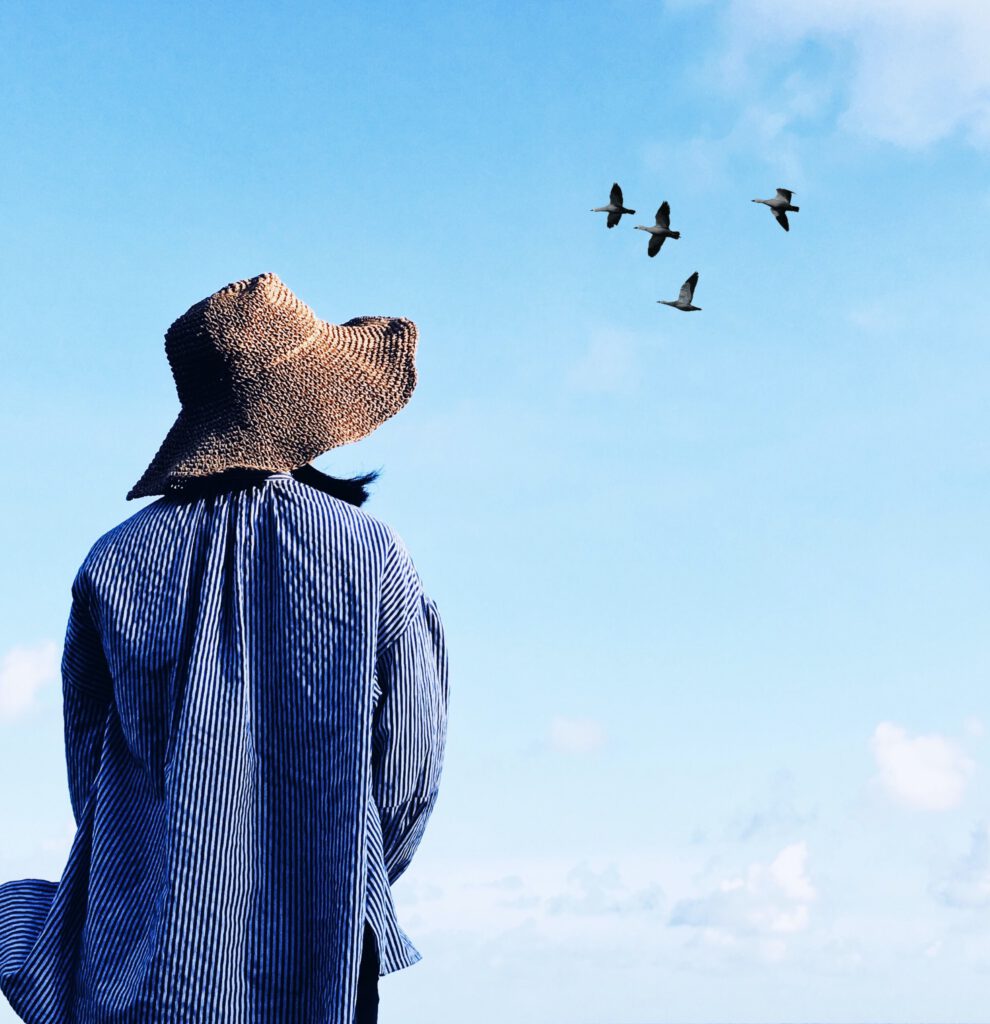
Written by: Shirsho Roy Chowdhury
